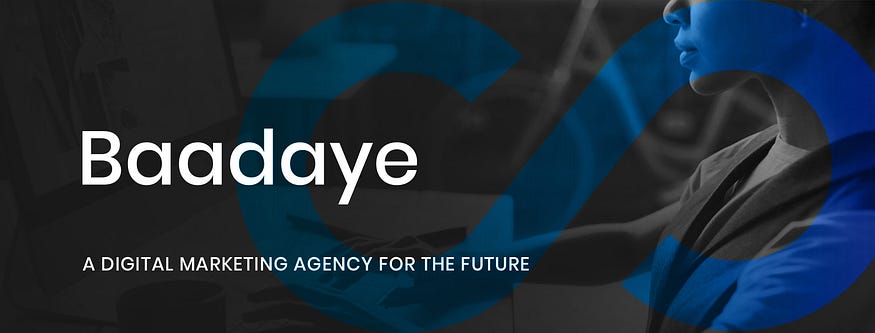Transforming entry-level jobs: How digital innovation can drive skilled workforce development
Introduction:
The creation of entry-level positions plays a pivotal role in transforming unskilled workers into competent and skilled professionals. These positions often act as stepping stones, providing valuable training and experience for individuals entering the workforce. In many cases, entrepreneurship programs play a crucial role in offering such opportunities and then guiding skilled workers to larger enterprises. In this blog post, we will explore how digital innovation can enhance this process, driving workforce development and empowering individuals to thrive in their careers.
The Significance of Entry-Level Positions:
Entry-level positions serve as essential building blocks for individuals starting their careers. They provide a platform for learning and developing practical skills within a professional setting. By offering training, mentorship, and hands-on experience, these positions enable workers to acquire the necessary knowledge and competencies required for future success. Moreover, entry-level jobs can act as a bridge, connecting individuals from different backgrounds to larger enterprises and opening doors to a wide range of opportunities.
The Role of Entrepreneurship Programs:
Entrepreneurship programs are instrumental in creating entry-level positions and providing individuals with the skills needed to excel in their chosen fields. These programs often focus on nurturing entrepreneurial spirit, innovation, and business acumen. They equip participants with foundational knowledge in areas such as marketing, finance, operations, and leadership, preparing them for the challenges of the business world. By offering practical experiences and exposure to real-world scenarios, entrepreneurship programs lay the groundwork for individuals to transition into skilled workers and contribute effectively to larger enterprises.
Digital Innovation Driving Workforce Development:
Digital innovation has the potential to revolutionize the way entry-level positions are created and supported, thereby driving workforce development. Here are a few ways digital innovation can make a significant impact:
Online Training and Upskilling:
Digital platforms and e-learning technologies can provide accessible and affordable training opportunities for aspiring workers. Online courses, webinars, and virtual mentorship programs can equip individuals with industry-specific skills and knowledge, enabling them to enhance their employability and contribute effectively in entry-level positions.
Virtual Internships and Apprenticeships:
Digital innovation can facilitate virtual internships and apprenticeships, enabling individuals to gain practical experience remotely. Through virtual collaboration tools, online projects, and mentorship programs, participants can engage in hands-on learning, work on real-world assignments, and build relationships with industry professionals, regardless of geographical constraints.
Skill Matching Platforms:
Digital platforms can connect skilled workers from entrepreneurship programs with larger enterprises seeking talent. Skill matching platforms, job portals, and online recruitment platforms can bridge the gap between skilled workers and potential employers, facilitating smoother transitions and increasing opportunities for career growth.
Gamification and Simulations:
Digital innovation allows for the integration of gamification and simulations in training programs. By gamifying learning experiences, individuals can engage in interactive and immersive activities that enhance their skills and understanding of complex concepts. Simulations can provide a safe space for practicing decision-making, problem-solving, and critical thinking, preparing individuals for the challenges they may encounter in entry-level positions.
Data Analytics for Talent Development:
Digital tools and data analytics can be utilized to assess and monitor the progress and performance of individuals in entry-level positions. This data-driven approach can help identify areas for improvement, personalize training programs, and provide targeted support to optimize skill development and career growth.
Conclusion:
Digital innovation holds immense potential for driving workforce development and transforming entry-level positions into pathways for success. By leveraging online training, virtual internships, skill matching platforms, gamification, and data analytics, digital innovation can empower individuals who have gone through entrepreneurship programs to become skilled workers who thrive in larger enterprises. As we embrace digital transformation, it is essential to harness these innovative solutions to bridge the gap between unskilled workers and competent professionals, ultimately creating a skilled workforce that drives economic growth and societal progress.
Source of Inspiration: Duke Stanford












